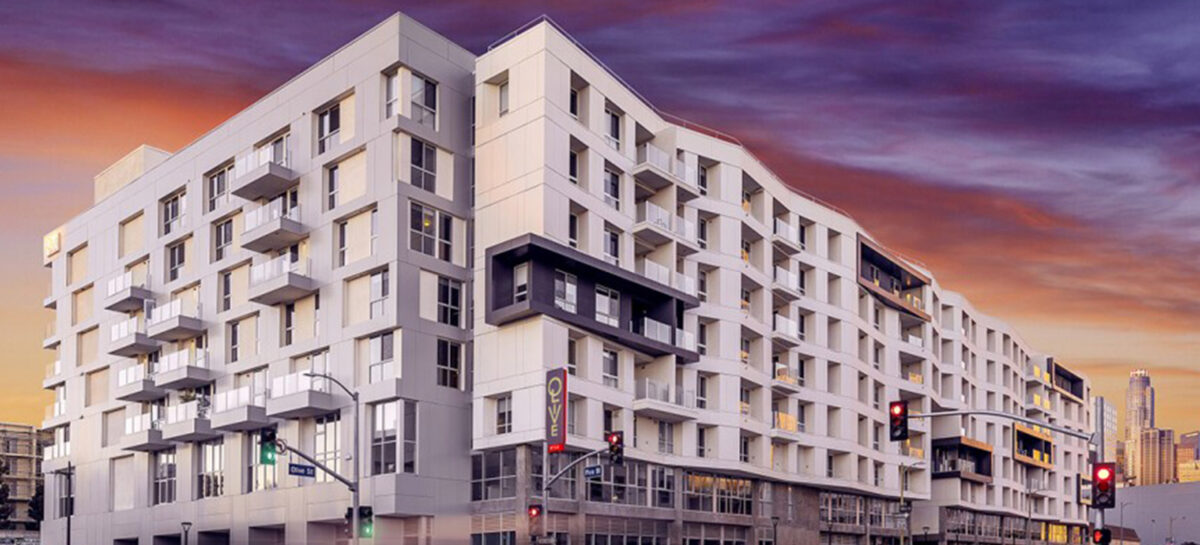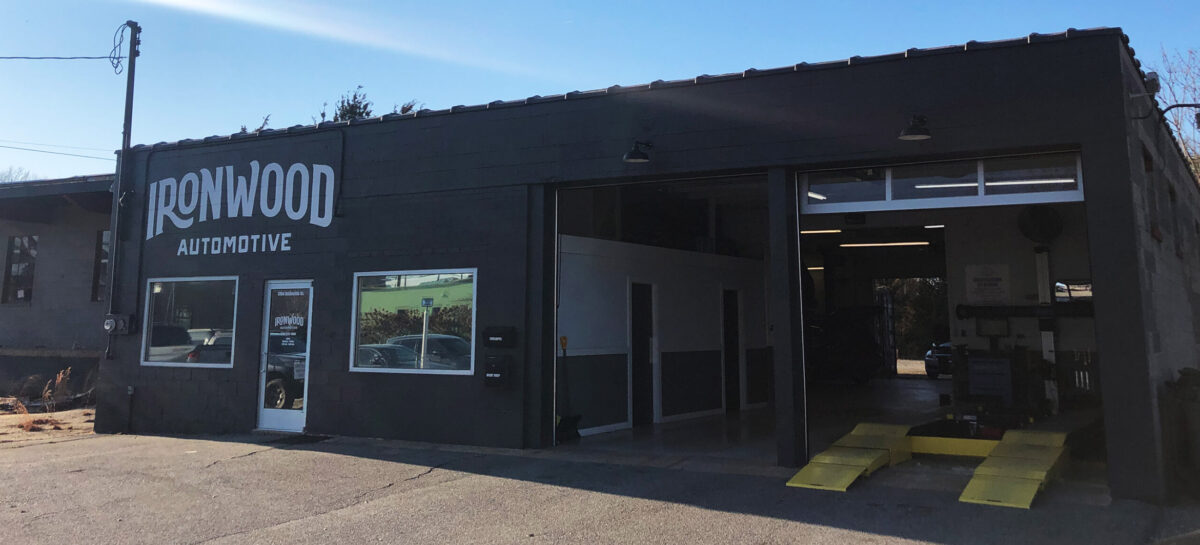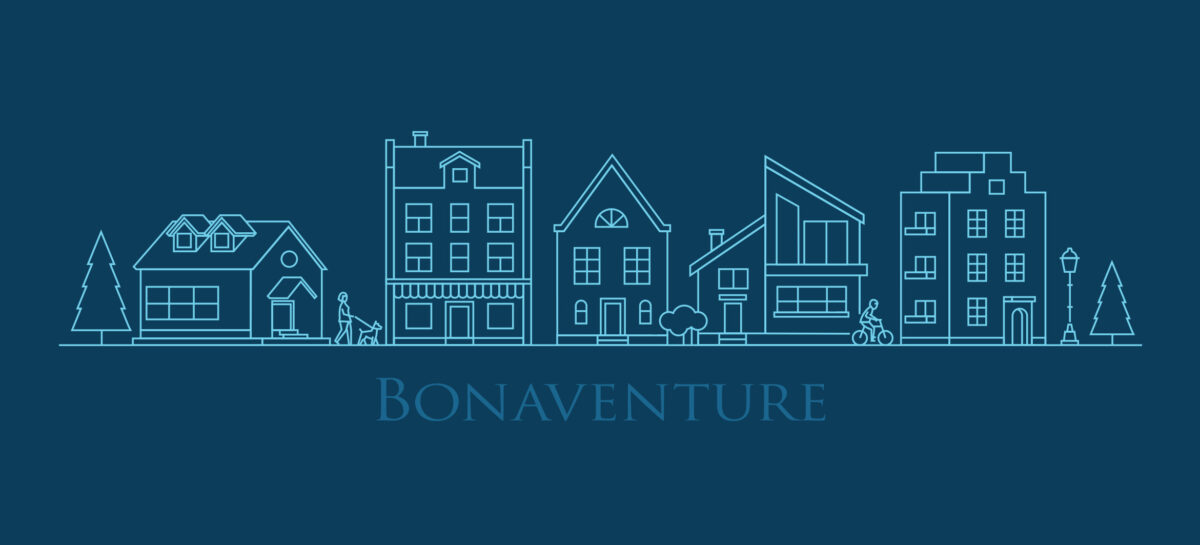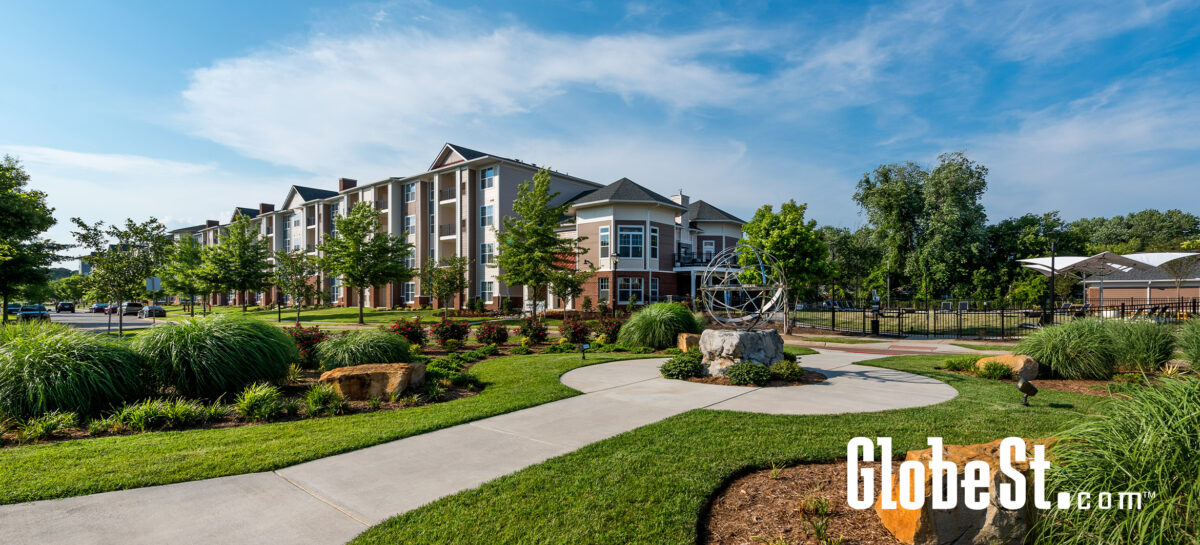In the News

The Modern Value-Add Approach for Locking in Renters

By Chris Wood. Published on July 15, 2022
Built in 2002, the 216-unit Verona at Boynton Beach development in Florida includes 72 one-bedroom, 108 two-bedroom, and 36 three-bedroom apartments with 9-foot ceilings, spacious (1,097 square feet on average) floor plans, and a full-size washer and dryer in every unit. Amenity spaces on the sprawling 14.2-acre resort community grounds include a clubhouse, a business center, a fitness center, a dog park and pet wash station, a playground, a pool, and a package center, plus barbecue and picnic areas. Verona, close to West Palm Beach and Boca Raton, is in Florida’s top submarket for both population and income growth. It’s also ready for a value-add repositioning.
“Value-add used to be updating aging properties from the ’80s and ’90s, but now you’re looking at communities all the way up to 2015 that are ready for both an asset and a management upgrade,” says Stephanie Brock, executive vice president of operations for Chicago-based Waterton, which purchased the Verona in April and has commenced value-add enhancements to both the amenity package and in-unit residence finishes.
One of the target resident demographics for the refreshed Verona will be renters by choice: residents who have the financial wherewithal to purchase a home or condominium but instead elect to live the renter lifestyle. Among them are even more focused cohorts of upwardly mobile young professionals, empty nesters seeking the vibrancy of neighborhood and community, work-from-anywhere digital nomads, and renters of all ilk who simply prefer the convenience of maintenance-free living without the commitment of a mortgage. And that’s just for starters.
“The mortgage is the minimum cost to be a homeowner. Let’s not forget the need to assemble a down payment and pay property taxes, insurance, and maintenance costs,” says Dwight Dunton, founder and CEO of Alexandria, Virginia–based Bonaventure Holdings. “So you can actually afford to pay more in rent versus a mortgage and still have that be economically beneficial because your roof gets repaired, your lawn gets watered, there are teams on call to fix your toilet, your packages are taken care of. There’s tremendous value from being a renter that doesn’t come along with homeownership, and that’s the broader context behind those who choose to rent.”
Multifamily investors targeting value-add opportunities that factor in renters by choice need to begin early in the due-diligence process, determining whether site location per se offers the back-end fundamentals on which to build a value-add play. Specifically, renters by choice tend to look more broadly beyond the property as they consider neighborhood restaurants, entertainment, shopping, walkability, and access to the outdoors, which collectively form a highly amenitized lifestyle.

Scott’s Addition Building Owners Get Quadruple Return After 3 Years

Bonaventure’s Investment Activities Exceed $1 Billion in 2022
